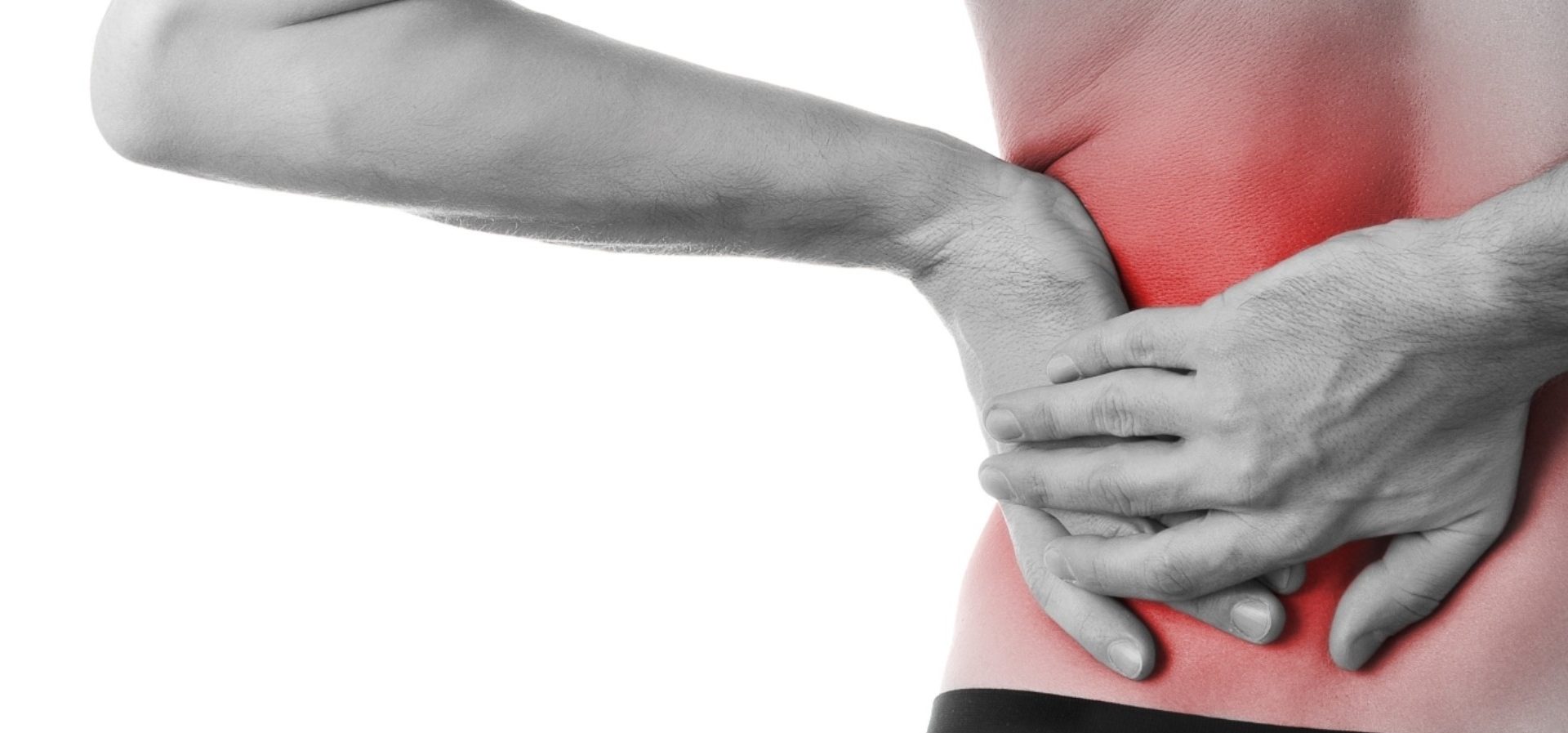LOWER BACK PAIN
The lower back, or the lumbar spine consists of 5 moveable vertebrae (numbered L1 to L5 from top to bottom) which are located between the rib cage and the pelvis. They are the largest segments of the vertebral column.
It is designed to be incredibly strong but also highly flexible as it provides mobility in many different planes including flexion, extension, side bending, twisting, and rotation of the hips while walking all while supporting a large portion of the weight of the upper body, particularly when performing these actions.
Nerves in the lower back also power the muscles in the pelvis, legs and feet which is why lower back pain can sometimes impair the ability of these extremities.
CAUSES
Most commonly, lower back pain is caused by mechanical issues and soft-tissue injuries such as:
- Damage to muscle and/or ligament tissue
- Damage to the intervertebral disks
- Compression of nerves and/or their roots
- Improper movement of spinal joints
These injuries can occur suddenly or develop over an extended period, and sometimes it can be difficult to isolate the exact cause of the pain.
Previous injuries, serious or minor from any point in your life, can cause pain in the lower back years down the track. While injured, other muscles must overcompensate to keep your body balanced, unfortunately this can lead to muscular imbalances once the injury has recovered.
These imbalances can lead to a range of issues as they work overtime to reduce the load on the now weaker muscles, although, depending on what symptoms are showing the cause of the pain can be narrowed down and specific remedies can be applied.
SYMPTOMS
Lower back pain can range from mildly inconvenient aches to sharp, debilitating burning and stinging.
Depending on the underlying cause of the pain, symptoms of lower back pain can include:
- Dull/achy pain that is isolated in the lower back
- A burning sensation that can move down through the glutes and back of the legs, even reaching the lower legs and feet (commonly diagnosed as sciatica)
- Muscle spasms in the lower back and surrounding areas
- Discomfort or inability to stand, walk or move freely
These pains can appear instantly and only last short periods of time or they may come and go but worsen over time.
DIAGNOSING AND REMEDYING
Understanding which types of pain you are suffering from and the daily activates you partake in that may be contributing to your discomfort is an important part in the process of finding a long term solution.
Knowing which lumbar, and upper sacral, vertebrae and/or nerves may be damaged can also assist in diagnosing pain and discomforts in the lower extremities.
The way you go about your day-to-day life can quite often be the cause of the pain. For example:
- How is your posture?
- What types of exercise do you do?
- What is the intensity of the exercise?
- How often are you exercising?
- Are you exercising the correct muscles for your lifestyle?
- What are your sleep habits?
- Do you have a physically demanding occupation?
Isolating key contributors to you pain and/or discomfort is essential in the final part
HOW CAN EPIC FIT HELP?
At EPICFIT, we offer an extremely personalised and caring environment for all our clients.
Our trainers are aware of, and know how to care for, all types of back pain and can help you remedy your discomfort with proper exercise, stretching and lifestyle changes.







